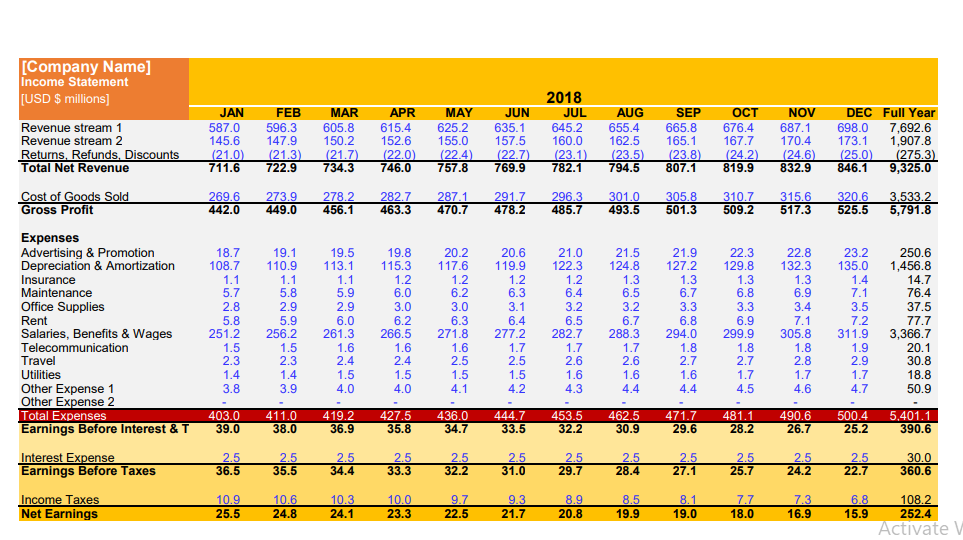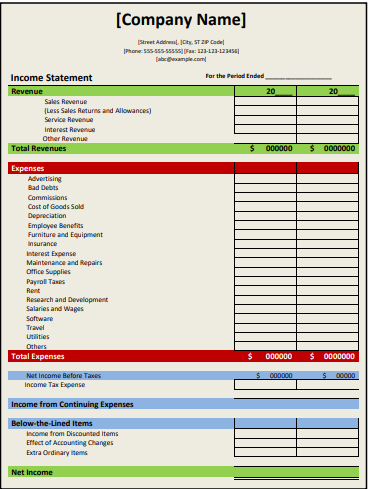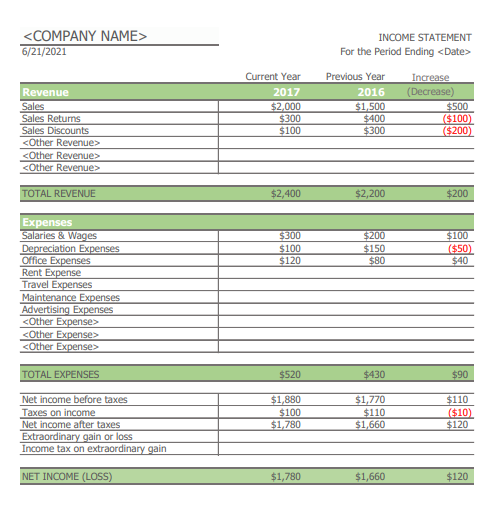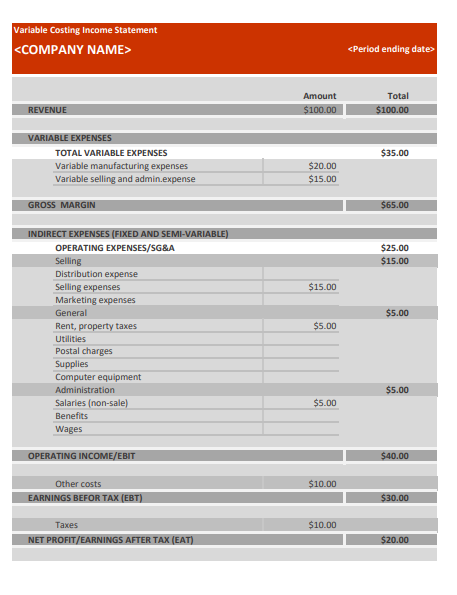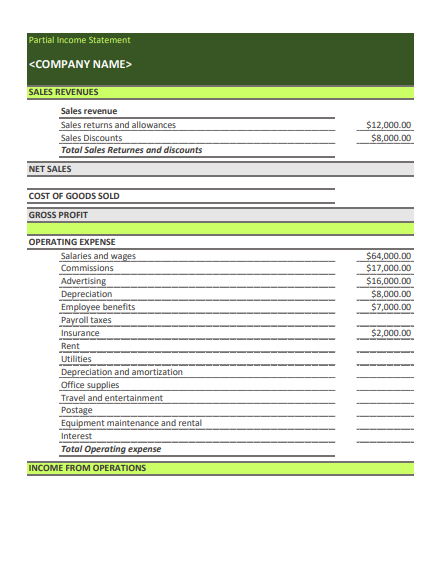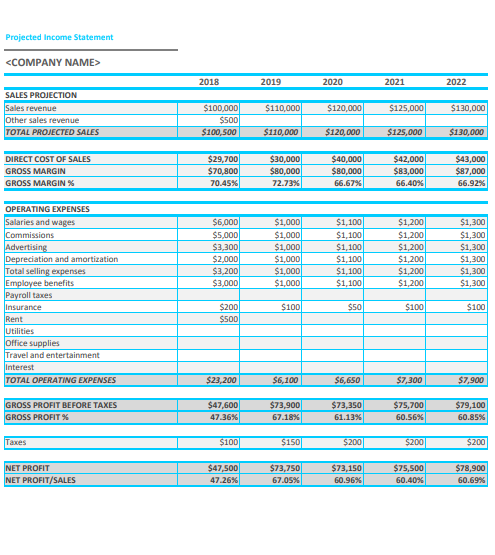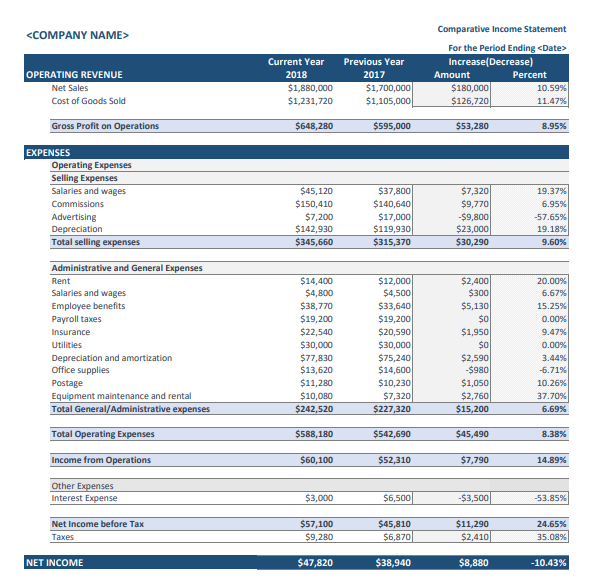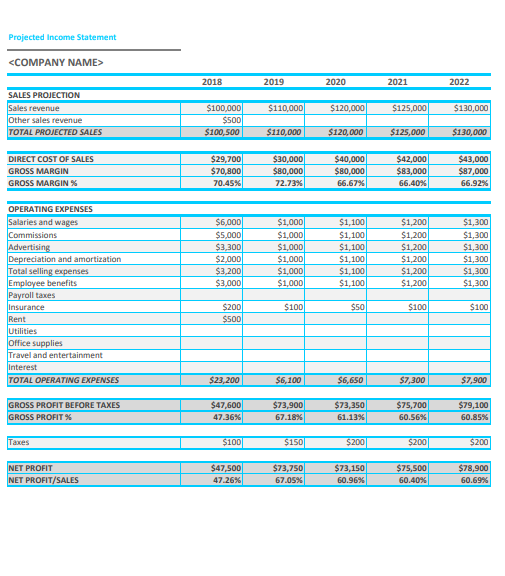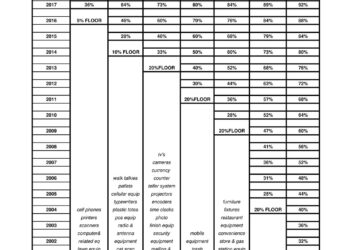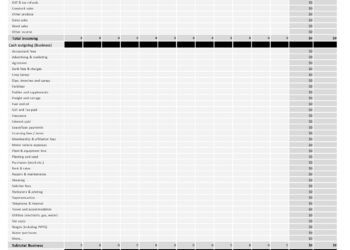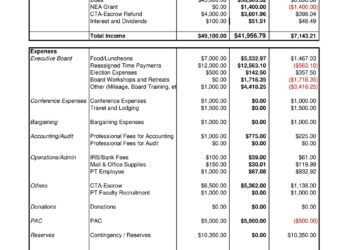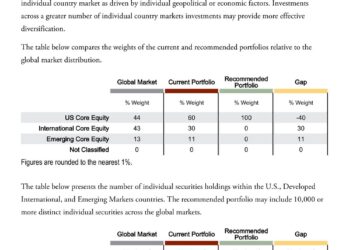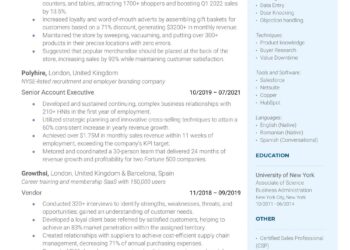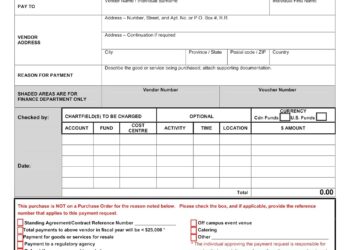An income statement is an important financial document that provides businesses and organizations with a concise overview of their revenue and expenses over a particular period. It identifies income generated during the period, as well as operational costs such as wages, taxes, depreciation, interest payments, and other expenses.
Consumers and investors can use an income statement to evaluate the financial health of a company by examining growth in sales year over year and how efficiently operating costs are managed compared to revenue. Additionally, lenders may use an income statement to determine if a business has enough cash flow to repay loans on time. All these aspects can be gathered from an income statement which makes it vital for evaluating any business’s financial condition. In this article, you’ll find a great collection of Income Statement templates and samples in PDF, Word, and Excel format that will help you to make your statement effective.
Income Statement Templates
Free Income Statement Templates
|
Monthly Income Statement Template
|
Yearly Income Statement Template
|
Income Statement Template 2
|
Single-Step Income Statement Template
|
Multi-Step Income Statement Template
|
Pro forma Income Statement Template
|
Common Size Income Statement Template
|
Contribution Margin Income Statement Template
|
Absorption Costing Income Statement Template
|
Variable Costing Income Statement Template
|
Partial Income Statement Template
|
CVP Income Statement Template
|
Segmented Income Statement Template
|
Comparative Income Statement Template
|
Projected Income Statement Template
|
What is an Income Statement?
An income statement is a financial document that reports a company’s profitability over a specific period. It provides stakeholders with an overview of the company’s revenues, expenses, and net profits. Understanding what goes into an income statement is essential for any business owner or investor who needs to make informed decisions about their finances.
Types of Income Statements
Several types of income statements can be used to report different aspects of a business’s financial performance. The most commonly used type is the single-step income statement which combines all revenues into one line item and all expenses into another line item to calculate net profit or loss. A multiple-step income statement breaks down revenues and expenses into various categories such as cost of goods sold, operating expenses, and non-operating items to provide more detailed insight into how profits are generated or lost over time. Finally, comparative income statements provide information about how the company has performed compared to previous periods or years to track progress toward goals and objectives set by management.
Components of an Income Statement
An income statement typically includes three key components: revenue, expenses, and profit (or loss). Revenue is the total amount earned from sales, investments, and other sources during the reporting period. Expenses are all costs associated with running the business, such as operating costs, taxes, and interest payments. Profit (or loss) is calculated by subtracting total expenses from total revenue. If expenses exceed revenues, then there will be a net loss reported on the income statement.
Importance of the Income Statement in Business Decisions
The income statement is one of the most important documents in any business as it reveals the profit or loss that has been generated over a given period. With this information, businesses can assess and analyze their performance at just a glance. Without having access to this analytical tool, many critical decisions could not be made. This is why companies rely on having an accurate and detailed income statement and reinforce good internal accounting practices to ensure its accuracy.
Not only does an income statement report total profits for the financial year, but also goes further by researching the fine details such as operating expenses, revenues generated from sales, investments made in research and development, etc., thus giving more insight into how effective decisions have been taken over time and how sound the investment strategies adopted by the company are.
How to Create an Income Statement Template
An income statement is an important document for any business. It is a summary of your revenue and expenses over a given period. An income statement template can help you create accurate and organized financial statements so that you can make informed decisions regarding the future of your company.
Set Up Your Categories
Before you begin creating your income statement, it’s important to set up the categories that will be used in the document. This includes things like sales, cost of goods sold, operating expenses, depreciation, interest paid, taxes paid, and other items which are unique to your business. Having clear categories is key to ensuring that all relevant items are accounted for in your income statement.
Enter Data Accurately And In Detail
Income statements should be as detailed as possible when it comes to entering data. This means including not only the gross amount of each item but also any costs associated with it. For example, if you are listing sales figures, make sure to include the cost of goods sold (COGS) and any other related costs such as shipping or advertising fees. This level of detail will help ensure accuracy when creating your income statement.
Calculate Your Profit or Loss
Once all the data has been entered into your income statement template, it’s time to calculate whether there was a profit or loss for the given period. This can be done easily by subtracting total expenses from total revenues to determine how much money was made (or lost) during the accounting period in question. This figure is then used to inform decisions about future investments and operations within the business.
Conclusion
An income statement is one of the most important documents that businesses use to measure their financial performance over time. It provides stakeholders with an overview of total revenue earned, total expenses incurred, and ultimately net profit or loss for a given period. There are several types of income statements available depending on your needs, understanding each type will help you make more informed decisions about your finances going forward. With this knowledge in hand, you can better equip yourself to make sound financial decisions that will benefit your business long term.
Reference Link



